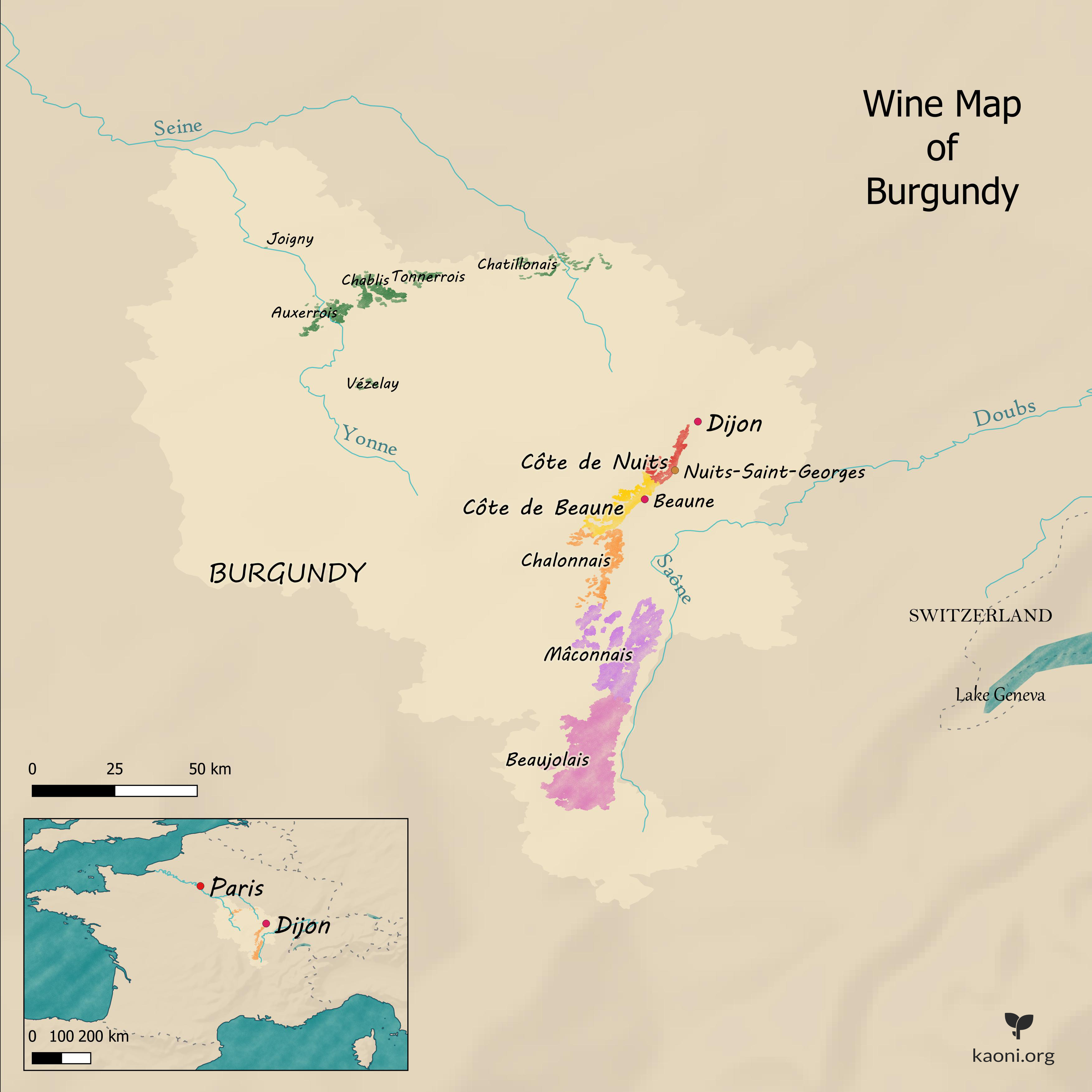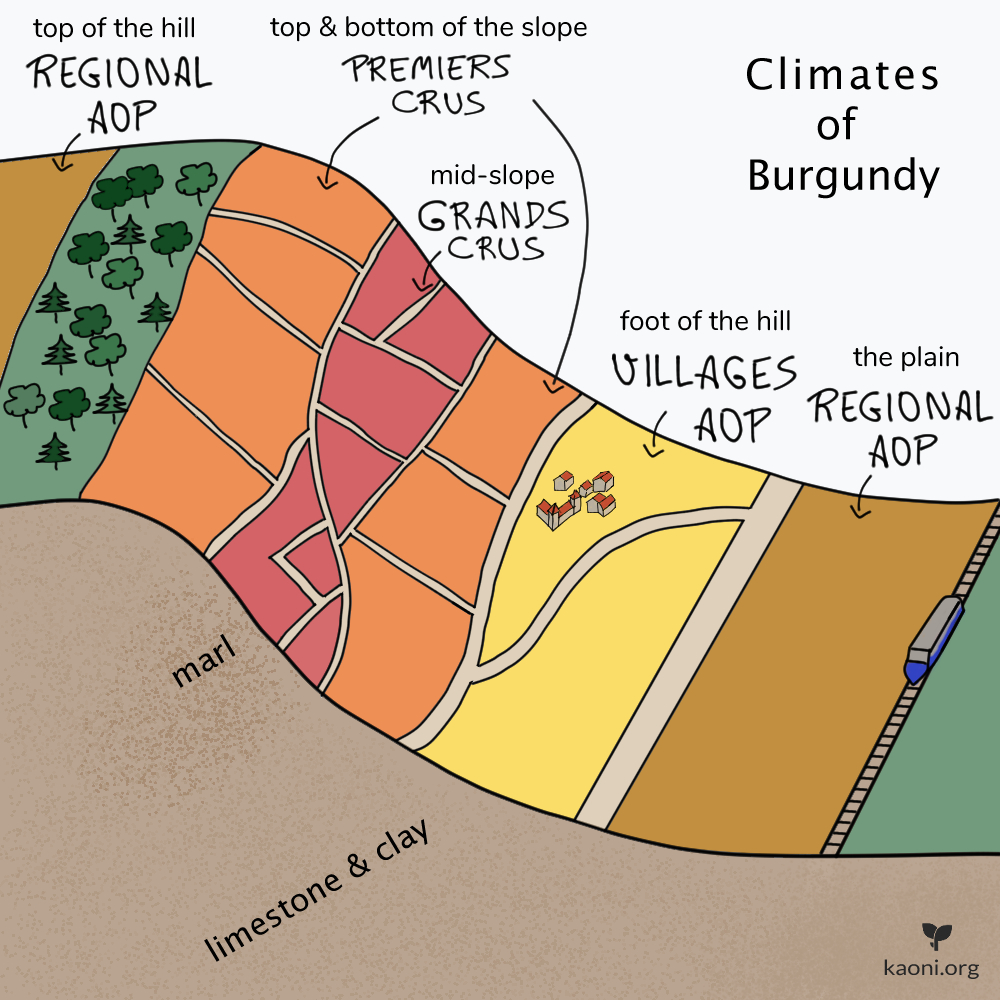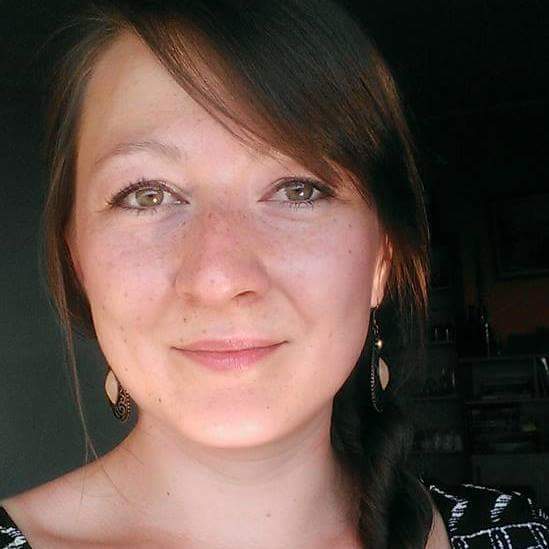What to know about Burgundy Wine
We were one of the few lucky people who got to travel this summer. Needless to say we didn't get to plan anything exotic this year. Stellenbosh, Napa and Barossa shall stay in our dreams in the meantime. Instead, we decided to go back to the roots, where we're from and left a little piece of our hearts, Burgundy.
Between Paris and Switzerland, nested on the edge of the hills of Morvan and facing straight towards the Alps, lies the French realm of Pinot Noir and Chardonnay.
They couldn’t have found a better name for the wine region and also the whole "département" than "Côte d’Or", the "Golden Slope", named after the Chardonnay shining in the sun.Starting in Dijon and running south through cute ancient villages and beautiful vineyards, welcome to the Route des Grands Crus, home to some of the world's most famous, fine and elegant wines.
Just for you today, we answer one question: what is it that influences a wine and makes the case of Burgundy so special?
- The Sky & the Soil
- The Fruit
- The Regulations in Place
- The Wine Maker
- You
The Sky & the Soil
Growing up in Burgundy, I remember very nice sunny springs and summers, and quite cold winters with lots of rain. The sun and heat help growing fruit with enough sugar that can later be turned into alcohol. The soil in Burgundy, mostly made of clay and limestone, is particularily good at saving the water from when the vine needs it most.
The Golden Slope/Côte d'Or is divided into two parts. The top half is Côte de Nuits, called after the little town of Nuits-Saint-Georges, where I spent my young years going to school. It is most famous for its red wines. The bottom half is Côte de Beaune, named the lovely town of Beaune, capital of Burgundy wine. There, you will be most amazed by the white wines.

Now, you can't grow wine everywhere even if the weather seems ideal. That legendary Golden Slope is only about 60km long and 3km wide. To the east, the land is too fertile. Vines usually like to make it hard for themselves, they strive to get minerals from as deep as possible and thus prefer more difficult soils. Depending on which location of the slope the vine grows, you will find different quality and different prices.
Why is the wine concentrated on the slope and why do the prices vary so much within just a few meters?
To understand that, we have to reach back as far as the 8th century, when Charlemagne entrusted the wine region of Burgundy to monks. They worked the vines and realized the impact of various factors on the quality of wine, such as the inclination of the slope. The Golden Slope faces south-south east and has a great sun exposure, yet some parcels have it better than others. The more steepness you have, the more heat you get from the sun. Another factor is the soil's ability to drain, but also to retain water and heat. The soil's content and the way it drains or keeps water can change just a few meters apart.
According to these observations and after centuries of fine tuning, Burgundy developed a system of designation which would turn into the standard around the world, the Protected Designation of Origin: "Appellations d'Origine Protégée", short: AOP. (previously called Controlled Designation of Origin, "Appellations d'Origine Contrôlée" (AOC))
The Regulation in Place
You can now find versions of AOP in many different areas in the world, such as:
- Spain: DO (Denominación de Origen)
- Italy: DOCG (Denominazione di Origine Controllata e Garantita), eg. Brunello, Barolo
- Portugal: DOC (Denominacão de Origem Controlada)
- United States: AVA (American Viticultural Areas)
Every little piece of wine growing land (parcel, called "climate" in Burgundy) on the Golden Slope has a long history, a name and a ranking within the AOP system, which in Burgundy consists of 4 levels.

- Regional AOP: from the railtrack to the foot of the hills, as well as on the top of the hill, you can find Burgundy's generic appellation, encompassing all the wines that don't bear a more specific one. Examples are "bourgogne rouge" (red wines), bourgogne blanc (white wines), Hautes Côtes (wines from the top of the hill), or Crémant-de-Bourgogne (sparkling wine).
- Village AOP: Around the Route des Grands Crus (D133), you can find the Village AOP, which carry the name of one of 44 villages and contain grapes from that village only.
- Premier Cru AOP: Now it's starting to get very special. The Premiers Crus are usually located on the top of the slope (the slope, not the hill), in parcels that show great growing conditions.
- Grand Cru AOP: the stuff that dreams and special sunday lunches are made of. The crème de la crème of Burgundy. Located on the best sites that get most sun, usually matured in french oak, they show great ageing potential and are very complex. Grands Crus have such a great reputation under wine aficionados that it's considered unnecessary to state from which village they come from. Luckily, some villages along the road changed their name to include the name of their most exquisite Grand Cru, because when you do something amazing, don't you wan't the whole world to know about it?
For example, in Aloxe-Corton, you can find the Grand Cru "Corton".
It wouldn't be fun if it were that simple though! You can also find Corton in the villages of Ladoix-Serrigny or Pernand-Vergelesses, because why not. That's why you have people like us who can help you ;) Get in touch with us anytime to have a chat about wine, book a wine tasting or check out our clickable map. (work in progress)
To give you an idea, out of the 1247 named parcels in Côte d'Or, 562 are Premier Crus and 33 Grand Crus.
The Grape
Now that you know the importance of the "climates" and AOPs, you can understand why, when you are in Burgundy, you don’t drink a "Chardonnay" or a "Pinot Noir", you drink one of the villages or parcels mentioned above. An Echezeaux, a Hautes-Côtes, a Romanée Conti... Last year, we enjoyed the last bottle of Corton 1999 my dad had stored all these years.
The Premiers Crus and Grand Crus are indeed almost exclusively made of Chardonnay and Pinot Noir. However, other grapes used to grow there too, quite well even. Gamay, the grape of Beaujolais, used to thrive there, as it was resistant and would increase the amount of wine produced. Not everyone was happy about it though. Quite displeased to see the quantity of production rise while the quality was getting worse, leading to merchants not wanting to buy Burgundy wine anymore, 14th century duke of Burgundy Philippe le Hardi forbade Gamay and all other red sorts than Pinot Noir.
Therefore, a "typical" Burgundy red will come from Pinot Noir and have wonderful fruity notes such as cherry, sour-cherry, raspberry. On the white side, Chardonnays are usually quite mineral, you feel a richness, rustiness, a nice, "round" mouthfeel, with notes of flowers and sometimes buttery (my favourite).
You can still find traces of Gamay blended with Pinot Noir in the Passe-Tout-Grains appellation. Gamay is still largely grown more in the south, in Mâconnais and Beaujolais. Other allowed grapes in Burgundy are Pinot Blanc and Pinot Gris. Just for the sake of being precise, you might also bump into these rarities: in the Auxerrois (near the town of Auxerre in the north-west of Burgundy, you can find César (blended with Pinot Noir in Irancy AOP,) as well as Sauvignon Blanc in the Saint-Bris AOP. Melon and Sacy are also Burgundy grapes. Aligoté - known for kir when mixed with Crème de Cassis (blackcurrant liqueur) - can also be found in its pure form especially in the village of Bouzeron.
The Wine Maker
Since most AOPs in Burgundy don't allow much blending (usually no blending at all), winemakers in the region don't have it very easy. They can't balance the wine or hide any mistake by adding a different grape. We do love blends from different regions in the world, out point is only to show our admiration towards people who can make great wines from single grapes.
On our road trip this year, and every year since we left France, we visited our friend Claude, whose children Alexandre and Isabelle took over the domaine. Domaines in Burgundy are wine estates which usually still belong to families, who own several of the above mentioned parcels all across the Slope, and we prefer to buy our wines from domaines than from large retailers. If you come to the region, Alexandre will welcome you with an adorable mix of french, english and even german and tell you all about his life as a winemaker, the combination of traditions and modernity, why he stills uses corks, and why Burgundy is flying in the air du temps.
You
Sunshine, rain, hail, harvest, fermentation, ageing, bottling... After all the wine has been through, you only have one job: store it properly and serve it at the right temperature. Let the bottle lie down in a dark, humid place (around 60%), with 10-15°C. The best is to serve a Pinot Noir with 16°C and a Chardonnay with 14°C.
Next, invite people who make you happy and have a wonderful time! In case you need a little summary of what you just learnt:
The Cheat Box - Burgundy:
grapes: Pinot Noir & Chardonnay soil: clay & limestone system: AOP (regional, villages, premies cru, grand cru) super special wines: Grands Crus, mid slope of the Côte d'OrWith moderation of course, we wish you a great time with Burgundy wines and hope to see you soon!

